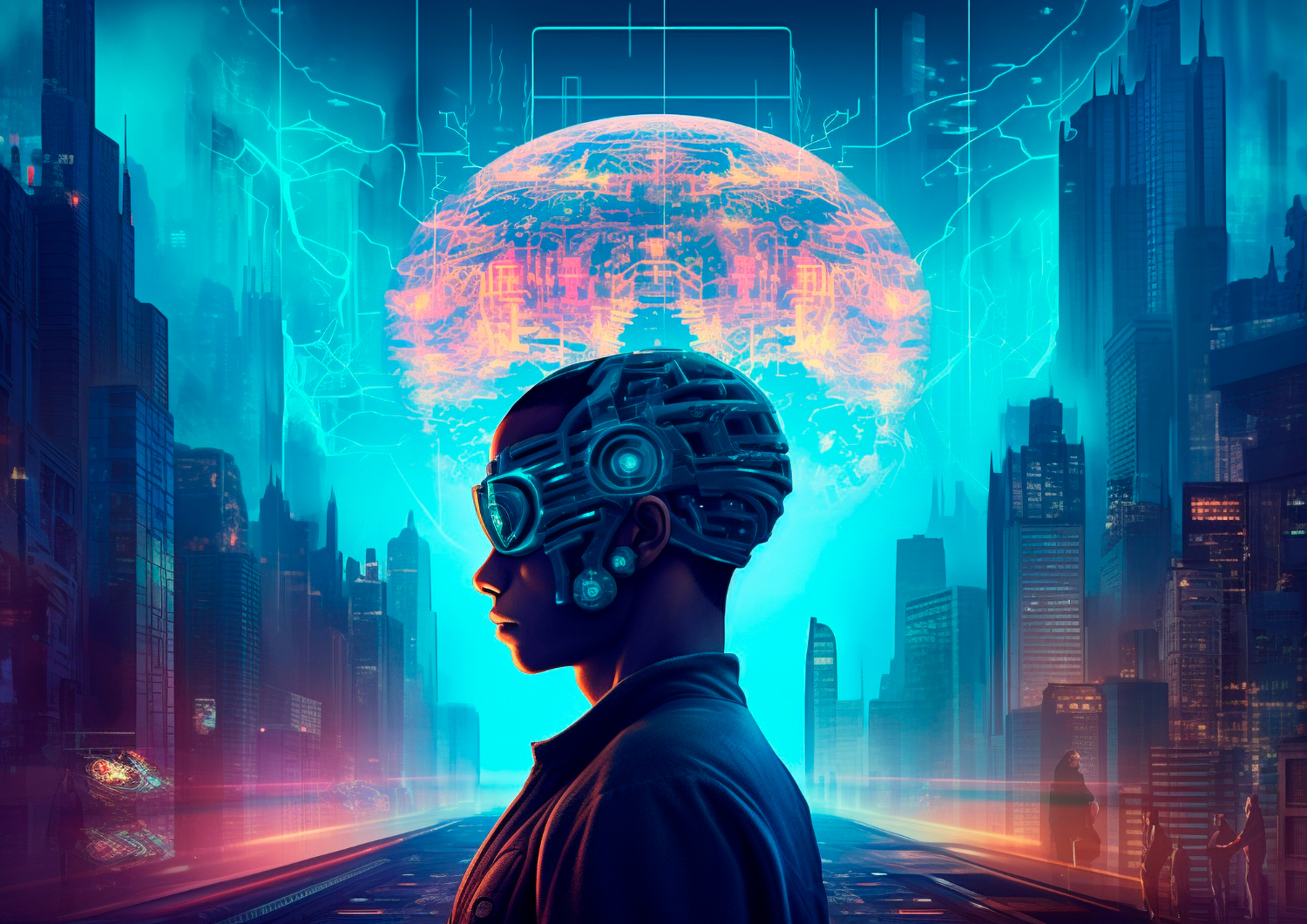As content creators, marketers, musicians, and designers, the rise of AI tools like ChatGPT, Midjourney, Gemini, and Jasper.ai, has been both exciting and unnerving. On one hand, it’s a powerful tool that can help me brainstorm ideas, analyze data, and even generate content drafts. On the other hand, there’s a nagging fear of homogenization.
“If everyone’s using AI, won’t all our work start to look or sound the same? “
In marketing, AI’s impact on the industry is evident in how AI-powered tools like Copy.ai can churn out personalized ad copy and target audiences with laser precision in no time. But when multiple brands are using the same AI to craft their messages, there’s a risk of creating a sea of sameness. It’s like everyone’s singing the same tune, just with slightly different lyrics.
Even in graphic designing, where visual uniqueness is paramount, tools like Canva and Adobe Firefly are starting to make its mark. These tools can generate design concepts, suggest color palettes, and even create entire layouts. While this can accelerate the design process, it also risks creating a pool of visually similar work.
The AI impact also reflects on the music industry. AI-driven platforms like MuseNet can generate impressive tracks, but they are not originality of human-crafted compositions. The viral AI-generated song “Heart on My Sleeve,” which mimicked the voices of Drake and The Weekend so convincingly that it was removed from streaming services. The song went viral but highlighted a major issue—when AI creates music, there’s a risk of everything sounding eerily similar, no matter how impressive the tracks are. And even if they sound different, they might lack emotional depth which couldn’t keep listener’s attention for long.
So, is Artificial intelligence a boon or bane for creators? Let’s find out how to ensure that AI enhances, rather than replaces, creativity and natural instincts.
Humanity is The Secret Ingredient
This fear of becoming robots churning out robotic content is real. But AI doesn’t have to be the culprit here. In fact, it can be a powerful partner in our creative pursuits. The trick is to use AI’s strengths while keeping our unique human touch at the forefront. Us humans bring a unique perspective, shaped by our experiences, emotions, and cultural background. AI can’t replicate that.
Storytelling with a Soul
AI might be able to craft persuasive copy, but it struggles to evoke genuine human emotion. Think about a heartfelt testimonial from a customer about how a product changed their life—no AI-generated slogan can match that. Consider the countless commercials featuring real people sharing their personal stories. These resonate deeply because they tap into our shared human experiences, something AI can’t fully replicate.
Standing Out from the Crowd
AI can churn out design variations by the dozen, but it lacks the intuition and cultural context that human designers bring to the table. For example, a graphic designer raised in a vibrant city might infuse their work with bold colors and dynamic layouts inspired by the urban environment. Conversely, a designer from a rural area might draw inspiration from nature, creating designs that are serene and calming. These unique perspectives are shaped by personal experiences and cultural influences, elements that AI simply can’t mimic.
The fashion industry is another great example. AI might analyze trends and suggest color palettes, but it can’t capture the essence of a designer’s vision. A designer like Vivienne Westwood, known for her rebellious and avant-garde style, wouldn’t be easily replicated by AI. Her designs reflect her personal philosophy and social commentary, elements that transcend trends and aesthetics.
Assign AI Your Co-Pilot, Not Captain
So, how can we make AI a boon for us without losing our creative spark? Here are some ideas:
- Collaboration, not Competition
Don’t see AI as a replacement. Instead, see it as a collaborator. Let AI handle the repetitive tasks—like brainstorming ideas or generating draft content—so you can focus on the creative nuances. For instance, if you are a content writer, you could use ChatGPT, Gemini to suggest headlines or outline a blog post, but then inject your unique voice and storytelling abilities into the final copy. Similarly, a graphic designer might use an AI tool to create initial color palettes or layout options, but the final touches and artistic vision should be entirely theirs. - Guiding the Machine
AI thrives on clear instructions. The better you define your goals and target audience, the more relevant and focused the AI-generated ideas will be. A musician could use AI to generate chord progressions or drum beats, but they would need to provide specific parameters such as genre, tempo, and mood. For content creation, prompts play a crucial role. By providing AI tools with detailed prompts, such as the tone of voice, key themes, or target audience, the generated output will be more aligned with the user’s objectives. - Iteration is Key
Don’t expect AI to spit out a perfect masterpiece on the first try. Treat it as a starting point, then use your own judgement to iterate and refine the ideas until they’re uniquely yours. For example, an architect might use AI to generate building designs but would still need to adjust them for functionality, aesthetics, and sustainability. A photographer might use AI to enhance image quality, but they would still need to make creative decisions about composition, lighting, and color grading. - Maintaining the Balance
It’s all about striking a balance. The key is to not get so reliant on AI that you lose your own creative spark. Think of it as a tool in your toolbox, not the whole workshop. A painter might use AI to generate different color palettes, but they should ultimately choose the colors that resonate with their artistic vision. A sculptor might use AI to create initial 3D models, but they would need to add their personal touch through sculpting techniques and material choices.
The Takeaway
Artificial intelligence: boon or bane? The answer lies in how we use it. Remember, AI is a tool designed to augment human creativity, not replace it. By understanding its limitations and using it strategically, creators can harness its power while preserving their unique artistic voice.
To maintain novelty in a landscape increasingly dominated by AI-generated content, creators must adopt strategies that leverage their unique human capabilities while integrating AI tools effectively.





